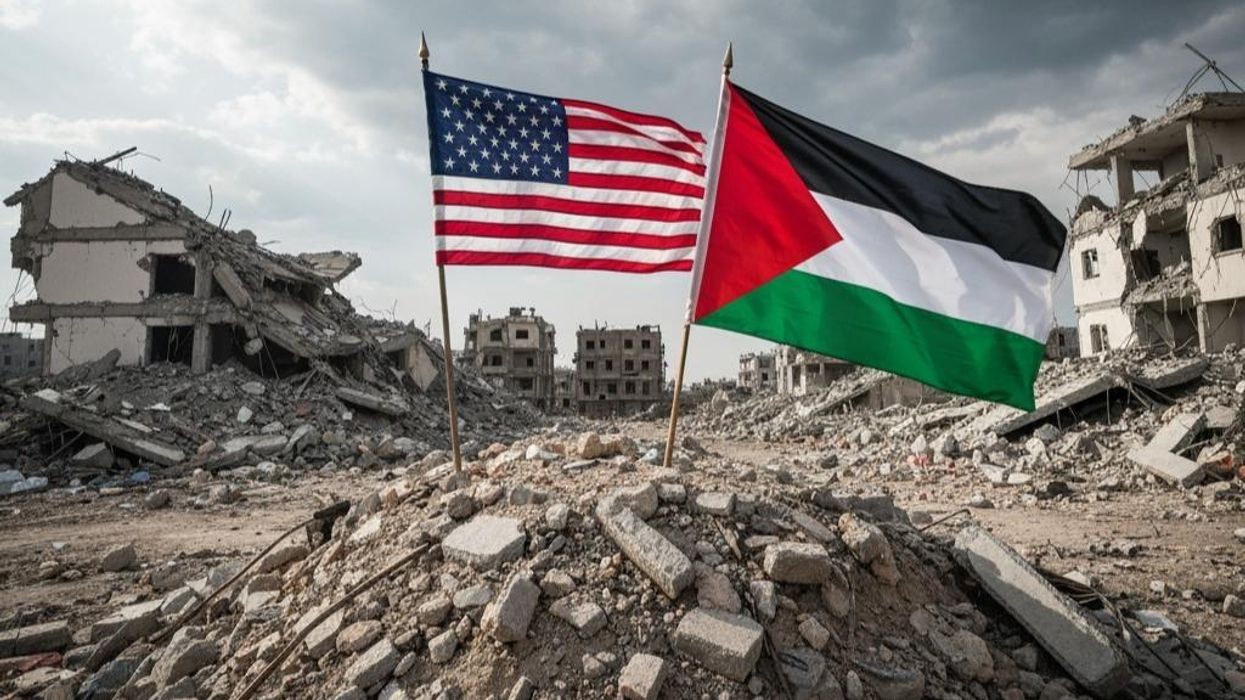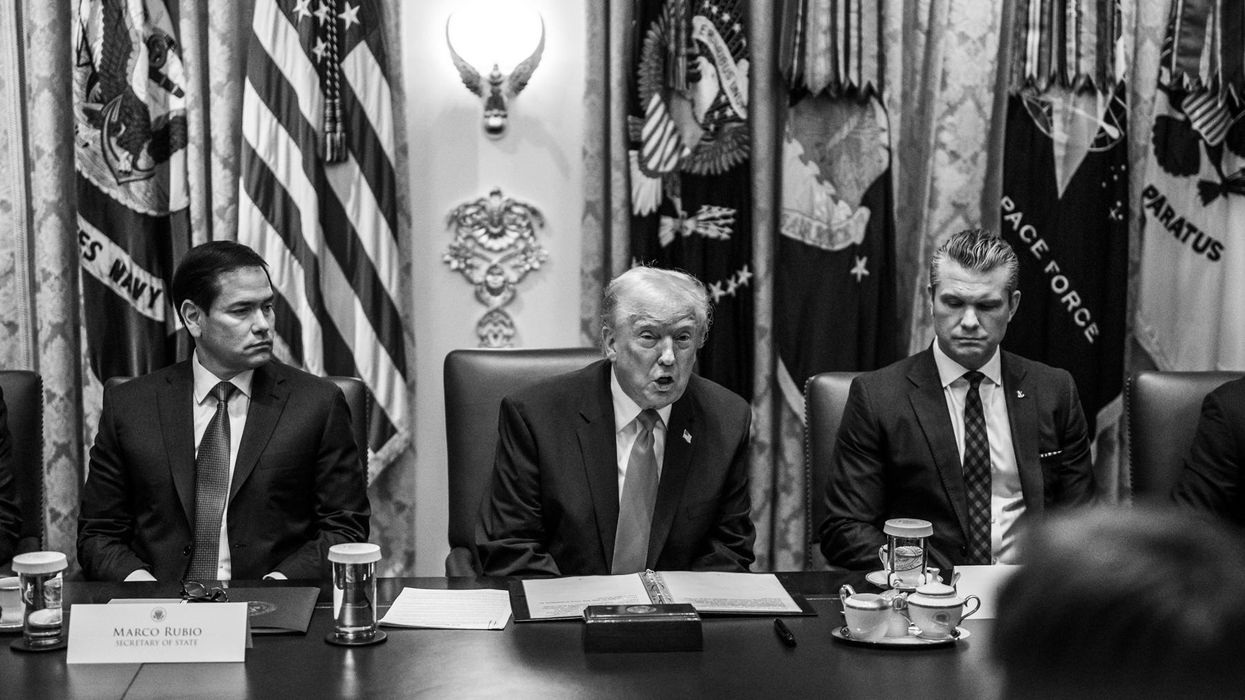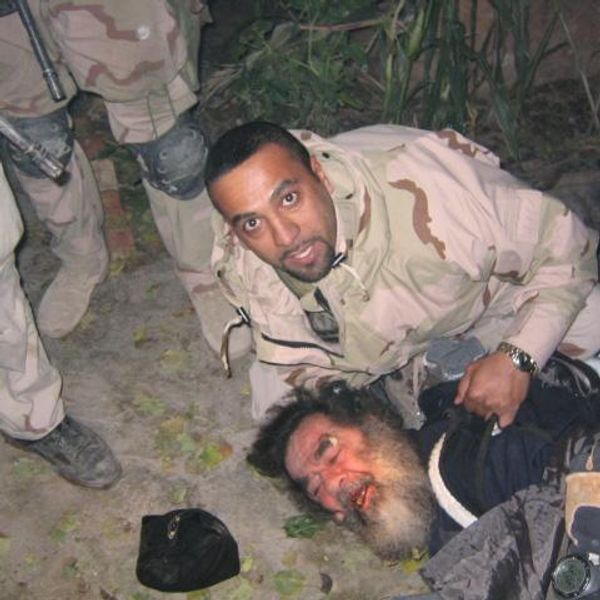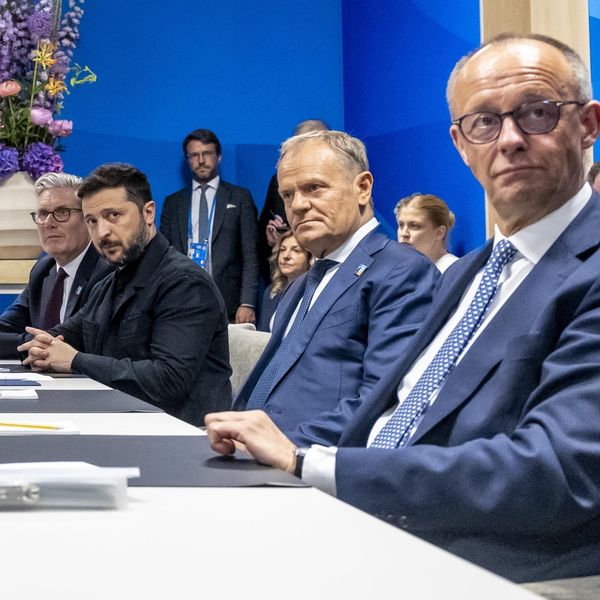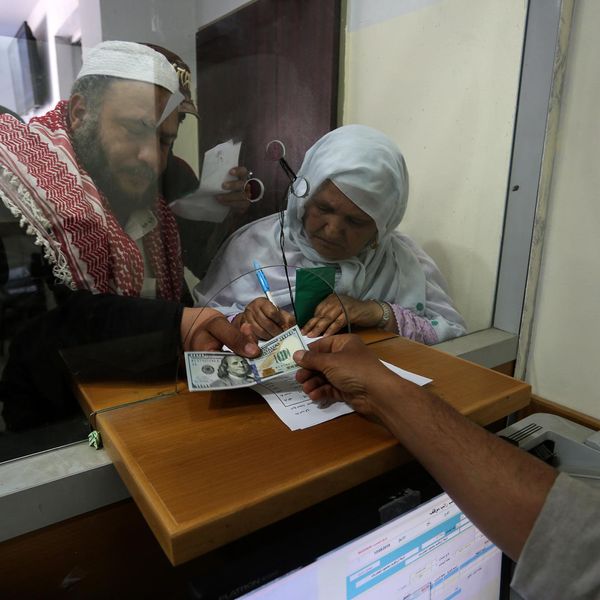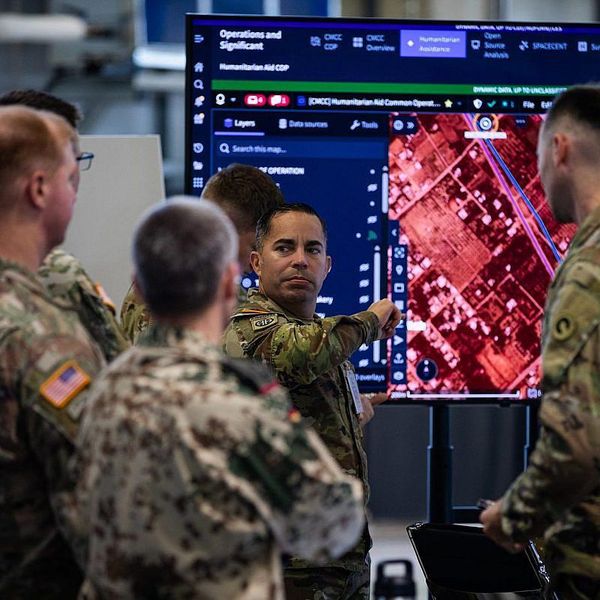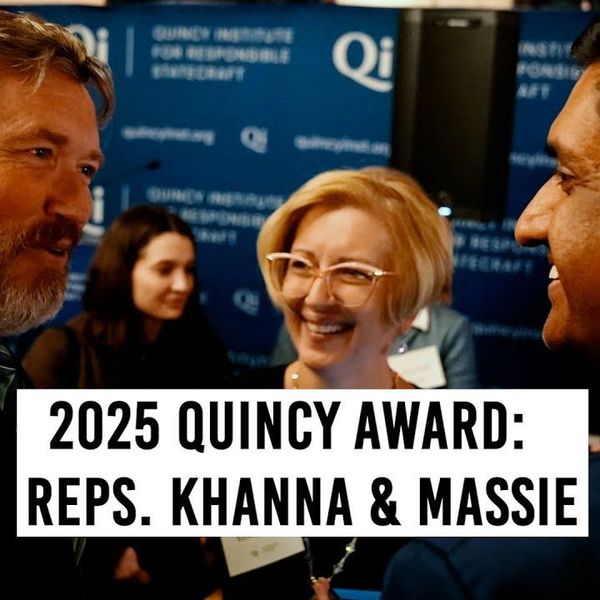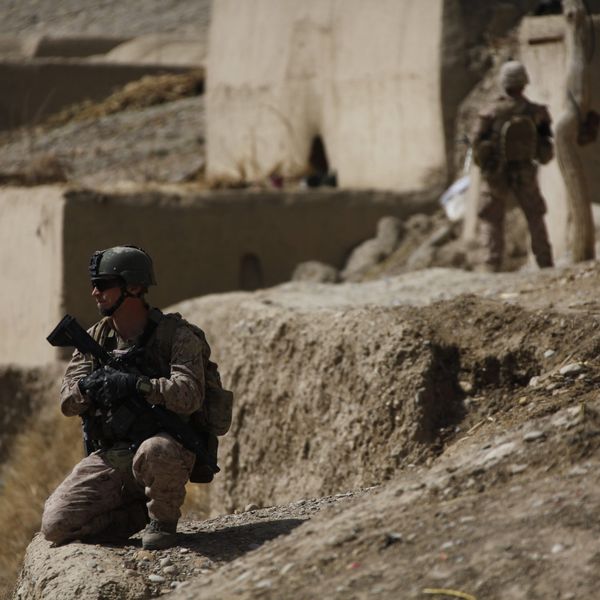While most of Washington is focused on Ukraine, it risks ignoring or downplaying opportunities to resolve other crises that are also affecting millions of people.
One such crisis is in the Sahel, and an opening may be emerging in Burkina Faso. Growing reports over the last year about potential talks between the Burkinabe government and non-state, ethno-religious armed groups may be bearing initial fruit toward local ceasefires, and, potentially, eventual demobilization, disarmament, and reconciliation.
For its part, however, the Biden administration has been eerily quiet about its policy towards the country since its decision to end material support for the military junta in the wake of its January coup. If the Biden administration is serious about its commitment “to bring an end to the continent’s deadliest conflicts and prevent the onset of new ones,” it should proactively support this approach to trying to end armed conflict in Burkina Faso, the wider Sahel, and elsewhere.
The regional conflict in the Sahel over the last 10 years has displaced 2.5 million people, and left thousands more killed, maimed, and traumatized by non-state and state violence against civilians. The international community has long largely ignored the “ultra-local grievances” and the deep structural political and socio-economic inequalities left behind by European colonial powers that significantly contributed to political and insurgent violence in Mali, Niger, and eventually northern Burkina Faso.
Instead, it has entrenched a military-first approach, in its aiding of governments and militaries apparently complicit in insurgent violence, while its long-standing opposition to negotiating with terrorists has limited the policy flexibility to actually resolve the crisis and decrease devastating intercommunal violence and food insecurity.
While France has led most international interventions in the Sahel given its colonial history there, U.S. support for foreign governments and militaries in the Sahel significantly increased following September 11, 2001, and exploded in Burkina Faso since 2009. While the Burkinabe military received the least amount of U.S. security assistance of all the Sahelian governments (receiving $69 million between Fiscal Year 2009-2019), the United States also trained the most soldiers in Burkina Faso (over 13,000 according to Security Assistance Monitor) — amounting to nearly its entire formal active military ranks.
Pursuing short-term military objectives disconnected from the needs of the local population has often made the United States, France, and other international powers operating in the region complicit in state and non-state abuses on the civilians. Like other Sahelian security forces receiving U.S. security assistance, the Burkinabe military and its informal militia conscripts have been credibly accused of widespread atrocities against civilians, many of which are targeted killings and collective punishment against the ethnic Fulani community, a majority Muslim population in Burkina Faso’s north.
Some estimates peg the Burkinabe military as the source of half of all civilian harm events in 2021 committed by the parties to the conflict (and there are many). And almost predictably, and as suggested by the academic literature on the impacts of U.S. foreign military training, a U.S.-trained Burkinabe military officer led a coup d'etat against the democratically-elected president in February of this year.
There is obviously, at minimum, a clear oversight question for Congress as to why the so-called Leahy Laws appear to have had little impact in preventing the United States from arming human rights abusers in Burkina Faso’s military, instead pouring fuel on the fire. But it’s also essential to remember that, although the Biden administration restricted assistance since the coup as required by U.S. domestic law, the president actually decided to double down on supporting France’s military counterterrorism intervention and continuing security assistance to Sahelian governments, including Burkina Faso, prior to the coup.
If preventing mass atrocities (ostensibly) remains a core goal of U.S. national security, why does the U.S. government continue to ignore clear warning signs and continue to pursue militaristic objectives and tools over conflict prevention and resolution strategies, like the talks emerging in Burkina Faso today? The answer is primarily related to a series of perverse incentives central to U.S. national security making.
One of the most prevalent aspects of the U.S. government not addressing emerging crises or early warning signs of violence is a desire within the executive branch to prevent bad news from reaching the president. It’s not that the U.S. government does not have the tools to identify and address political violence; it does (though it should invest significantly more than it does right now). In fact, according to former and current officials, identifying policy failures is not rewarded within the national security bureaucracy, “creating career incentives or political pressure to show positive progress in programming and not elevate information that could discredit the current approach.”
The fact that policy course correction is seen as defeat rather than opportunity, is related to the second reason why policymakers continue to lean on militaristic tools once they feel enough domestic political pressure in response to mass atrocities on the ground. Unlike other assistance programs that have robust and, at times, overly rigorous metrics of success, military assistance programs do not.. Outside of broad concepts like human rights training and building respect for civilian rule of the military, the lack of overall defined, achievable goals for these programs incentivizes delivering, not restricting such assistance.
These incentives are not limited to individual bureaucratic decisions, however. Keeping assistance flowing is also related to the vast U.S. arms industry desire to continue profiting from the U.S. government’s export of its military-industrial security model to new markets. Much of the U.S. security assistance system is set up as grant-purchasing programs, wherein recipient countries use U.S. taxpayer funds to buy military equipment, training, and other security assistance from U.S. manufacturers and contractors. These militarized programs are sometimes the U.S.’s main form of bilateral engagement, further increasing the connection and power of military elites in both countries to keep these programs going.
Finally, the U.S. government has overwhelmingly focused on ideology as the source of violence in the post-9/11 era (just as it did with communism during the Cold War). The failure to consider why militants’ view violence as their best recourse for their political aims in various places, oftens leads to a misdiagnosis of the problem and the potential solutions to the crisis at hand.
This approach ignores the social and economic reasons individual Burkinabe and others may turn to violence. Misplacing the source of conflict and aims of the adversary eschews local-level and bottom-up efforts necessary to building sustainable peace by allowing policy flexibility to disincentivize further violence, whether through offers of reintegration or drawing support from insurgencies through accountable governance reform. The idea of reviewing whether building foreign militaries’ capabilities to use violence and coercion to resolve conflict is effective in the first place, rarely crosses policymakers’ minds.
This forced pause in U.S. security assistance to Burkina Faso should not stop the U.S. government from criticizing continued military rule in lieu of a civilian-led transition, nor diplomatically supporting conflict resolution by endorsing community-driven dialogue, reconciliation, and accountability. Overall, it should be the eye-opening moment that finally pushes policymakers to begin to wrestle with this fundamental question as to whether there is any actual evidence that militarized approaches to political violence work.


